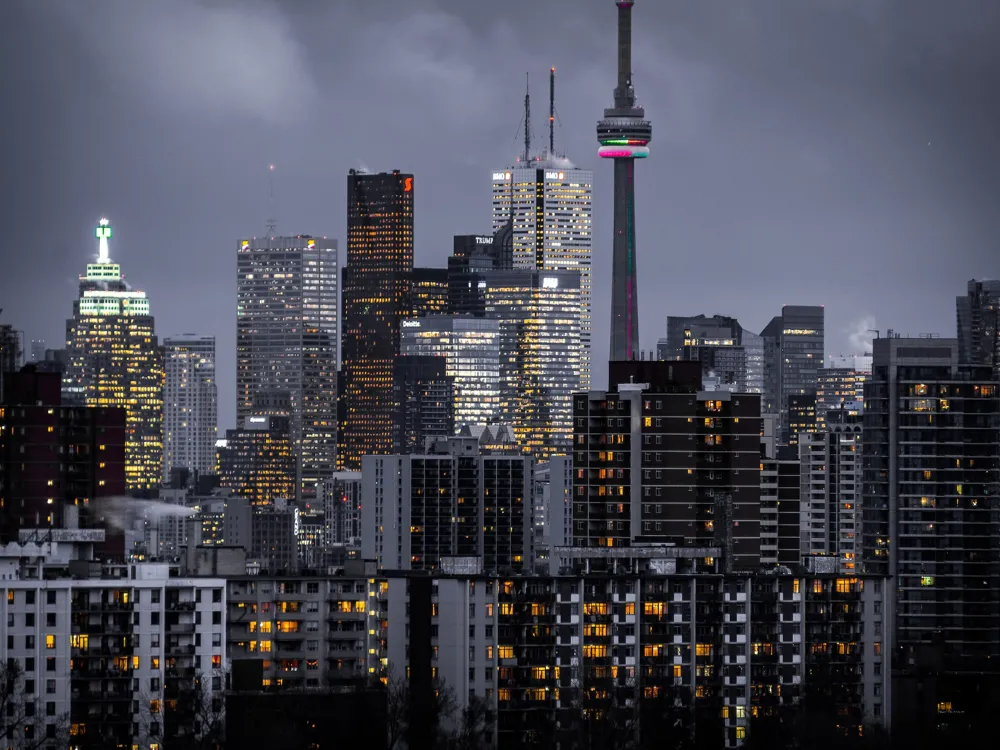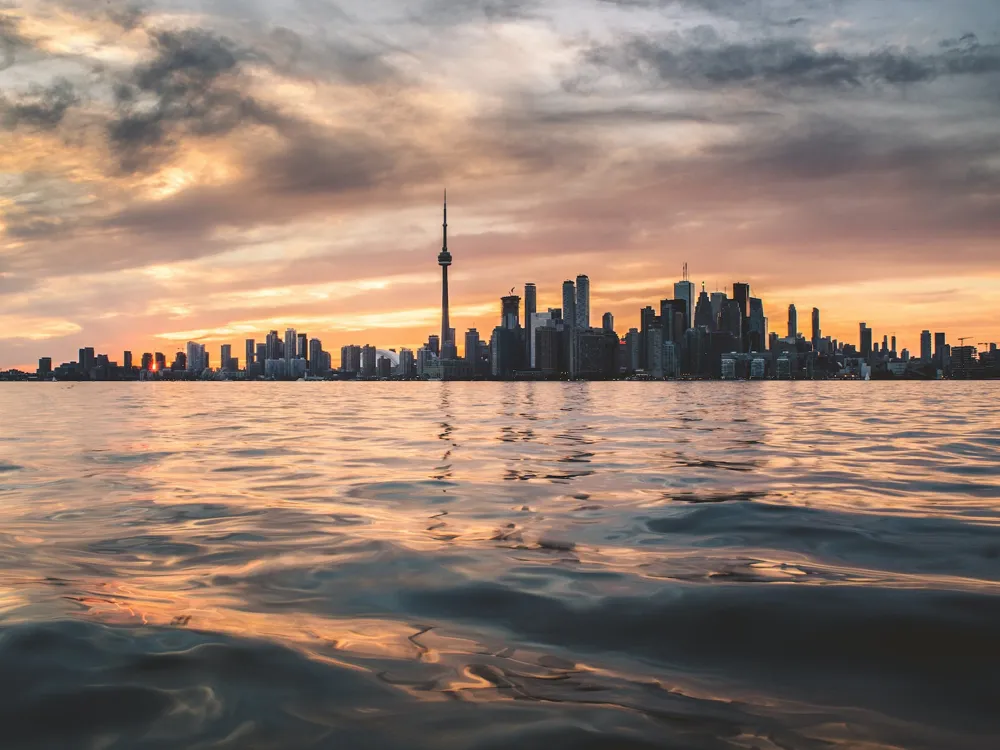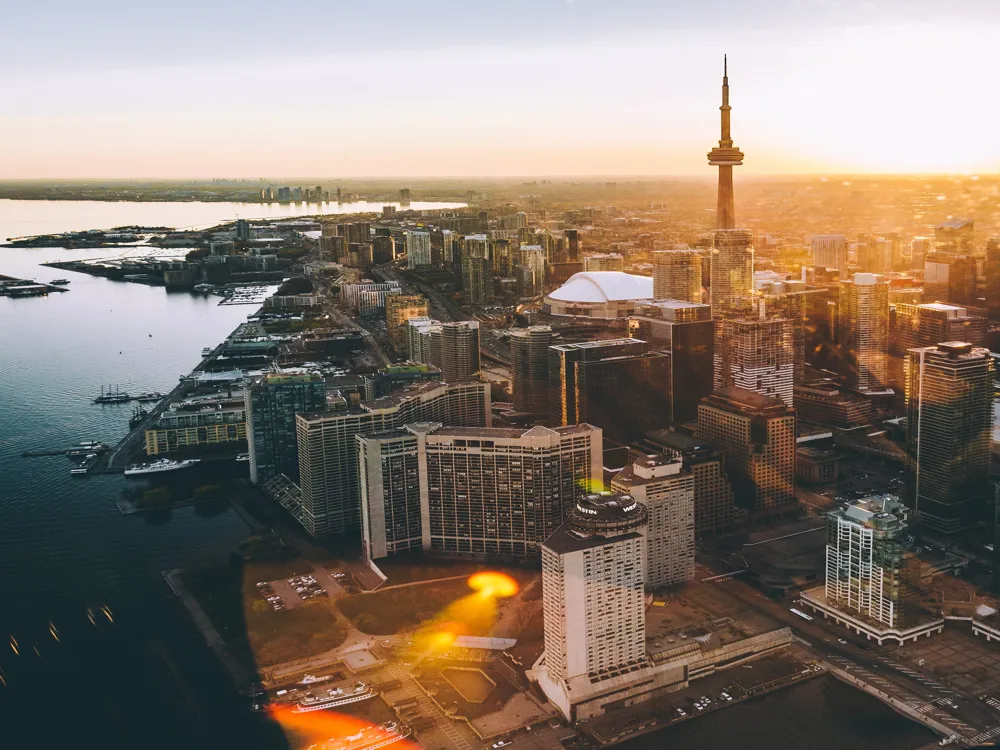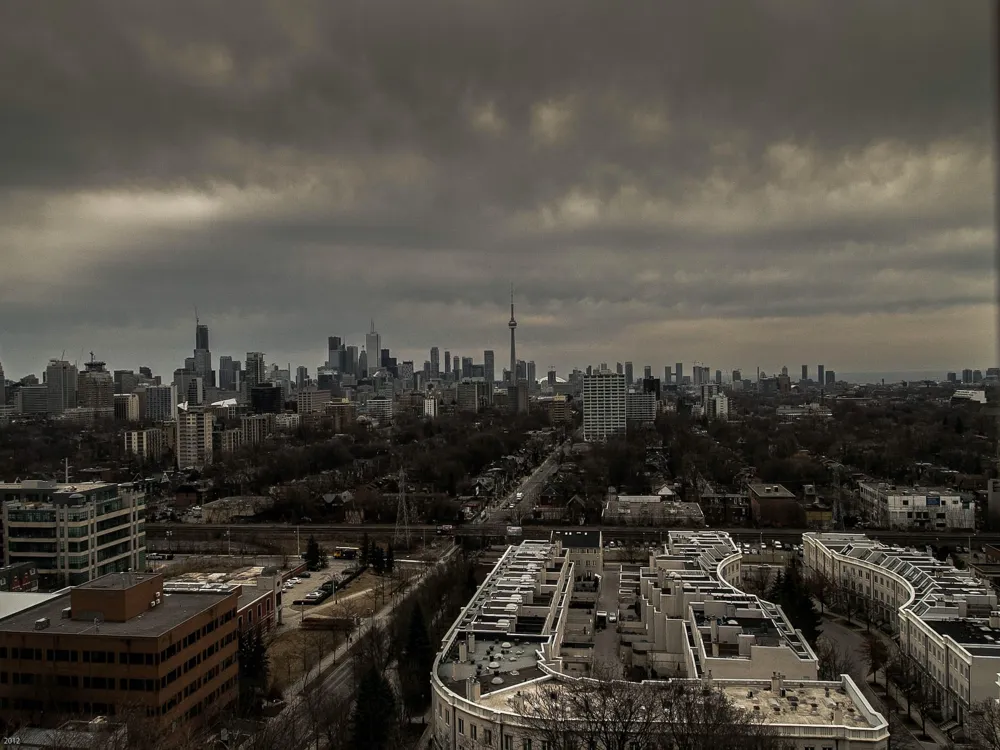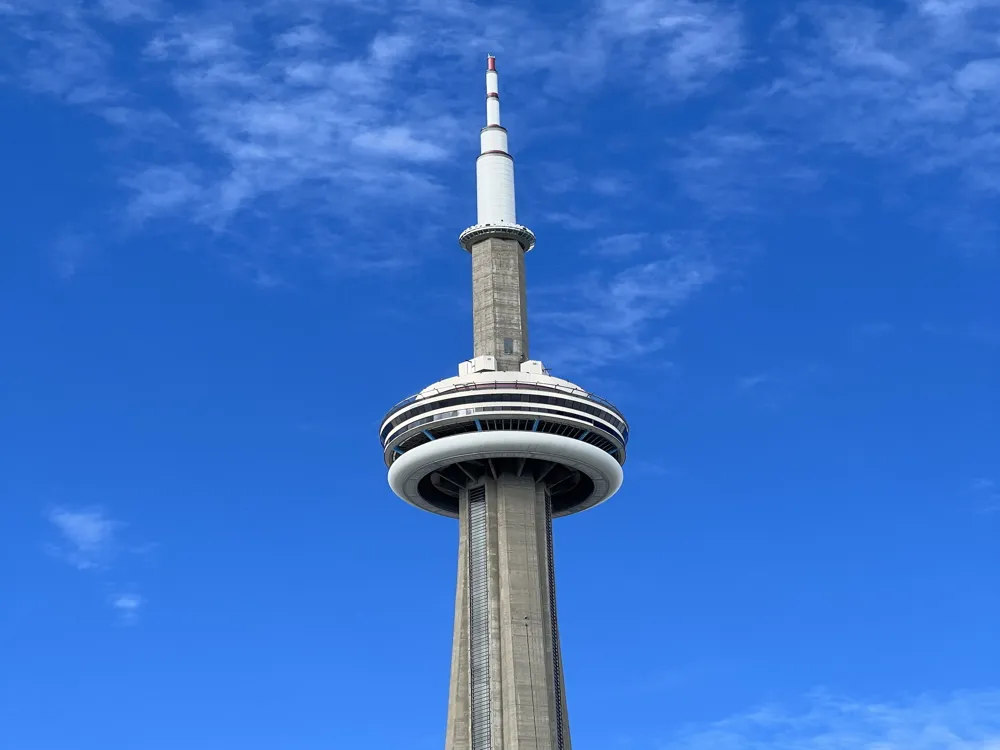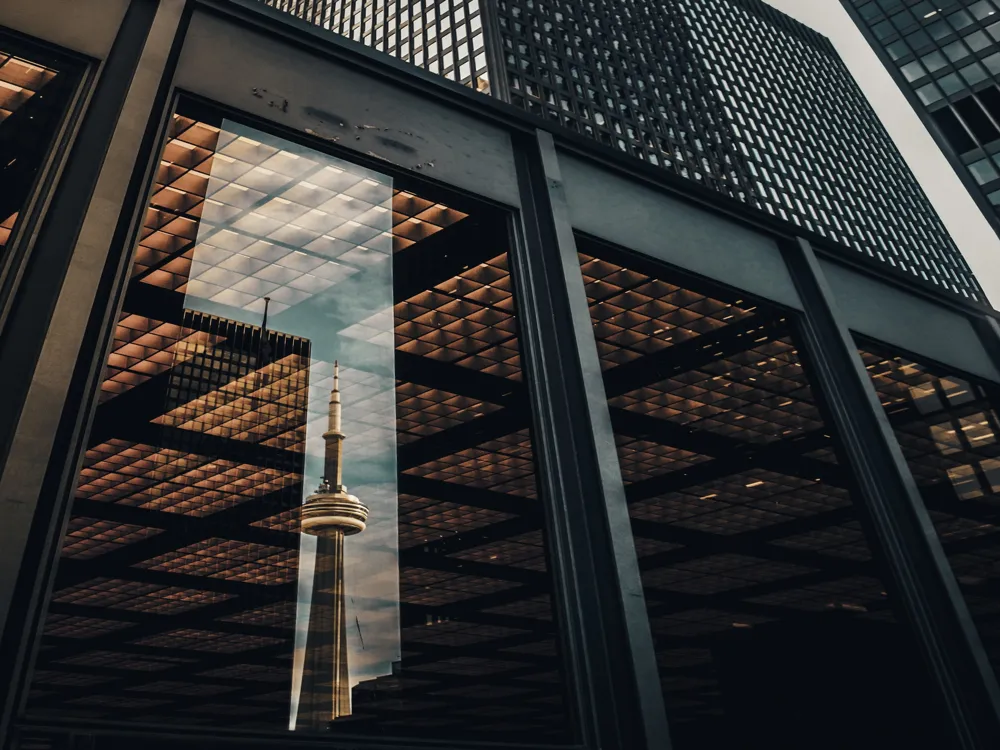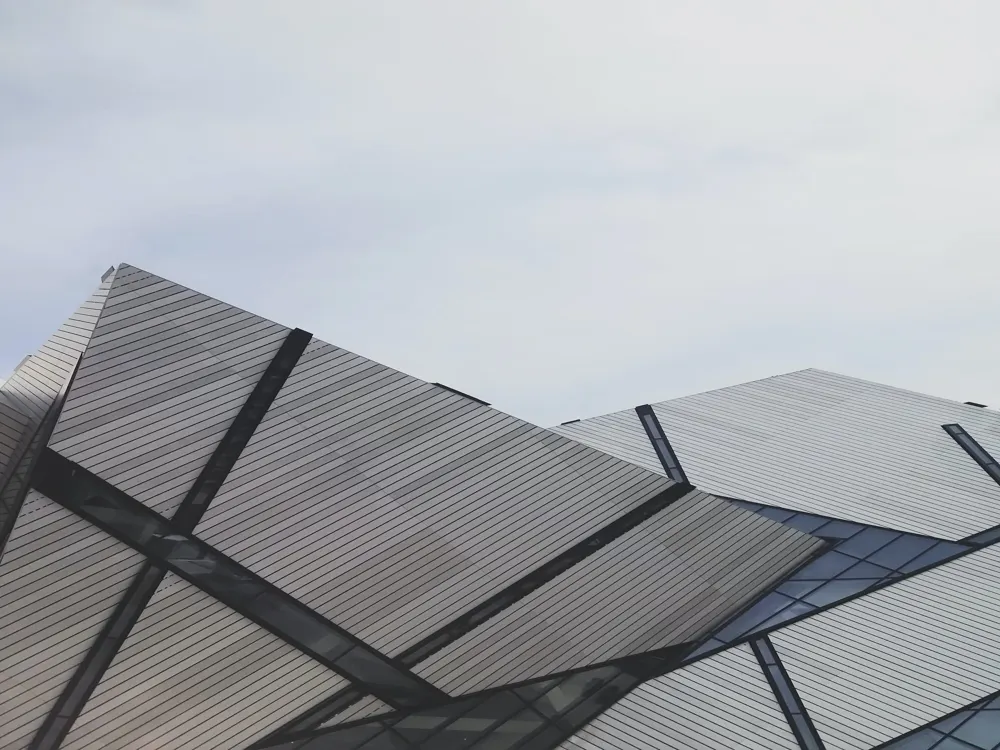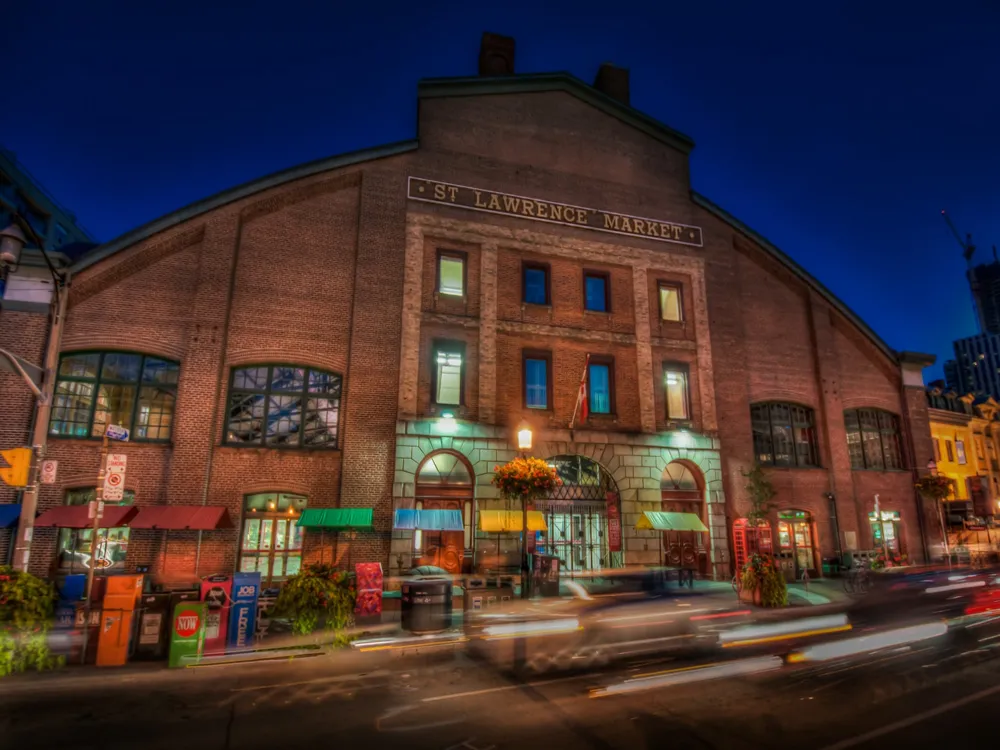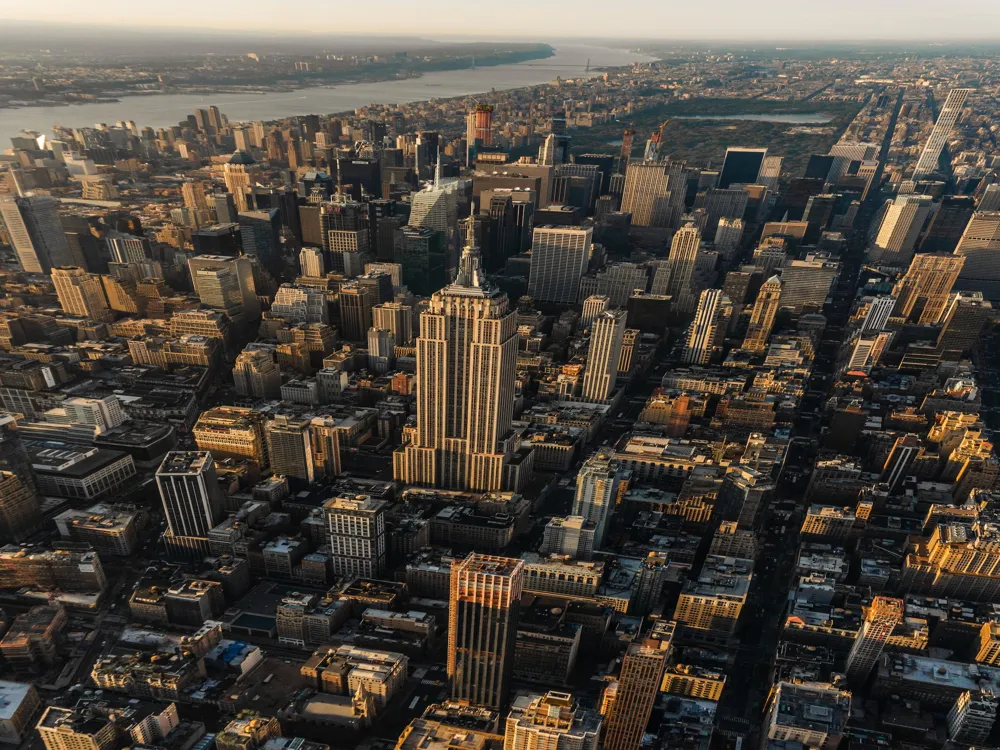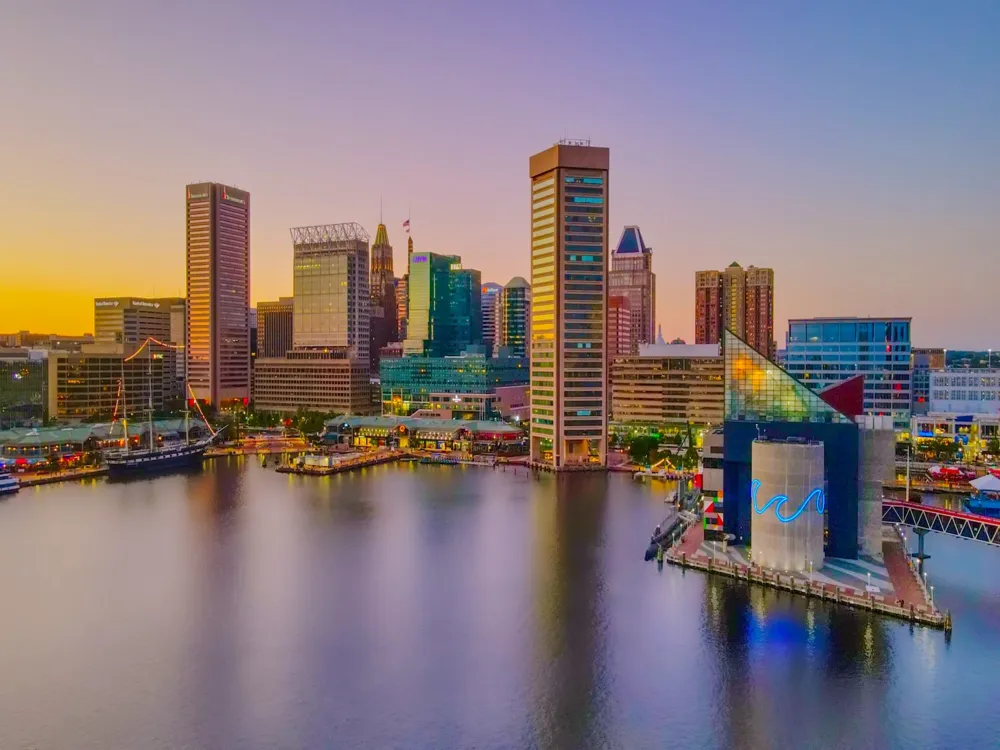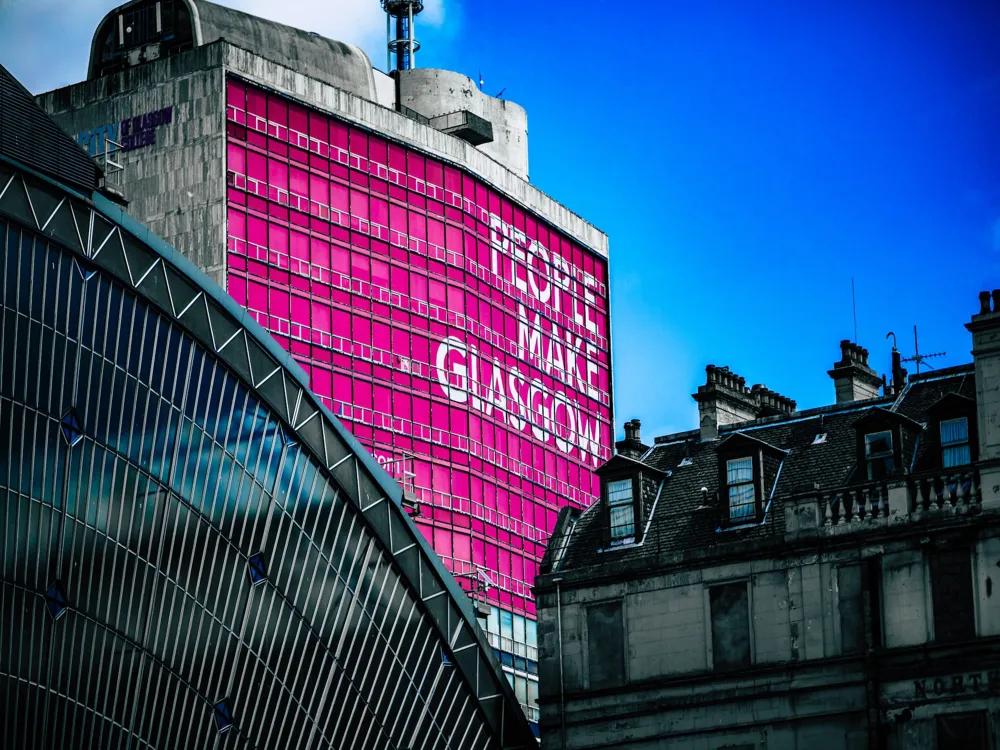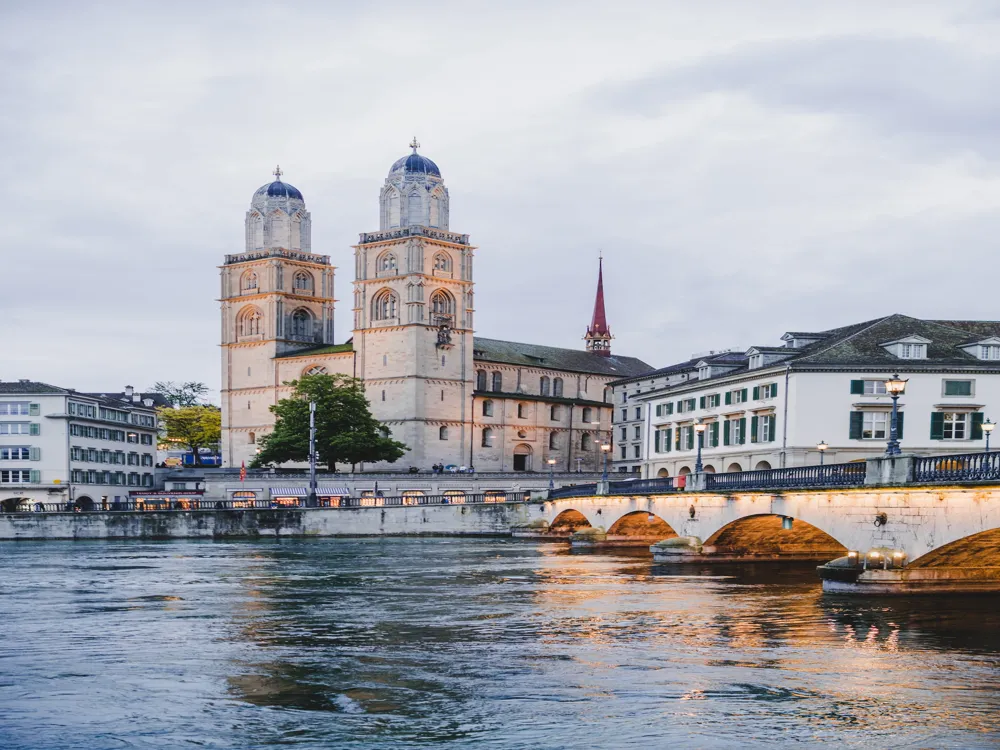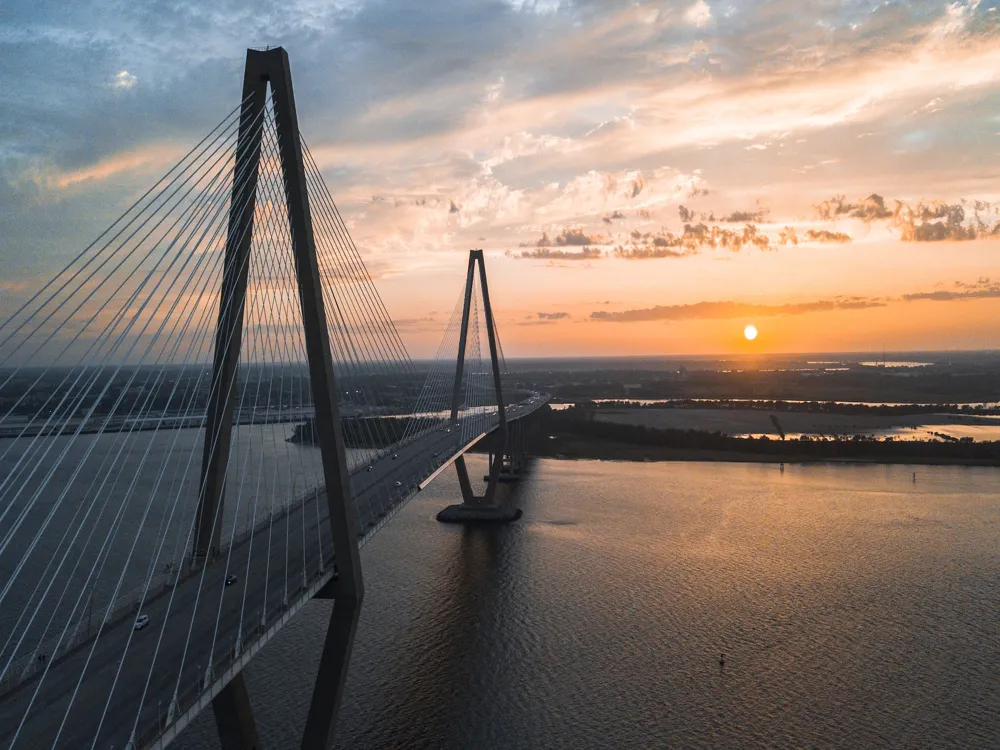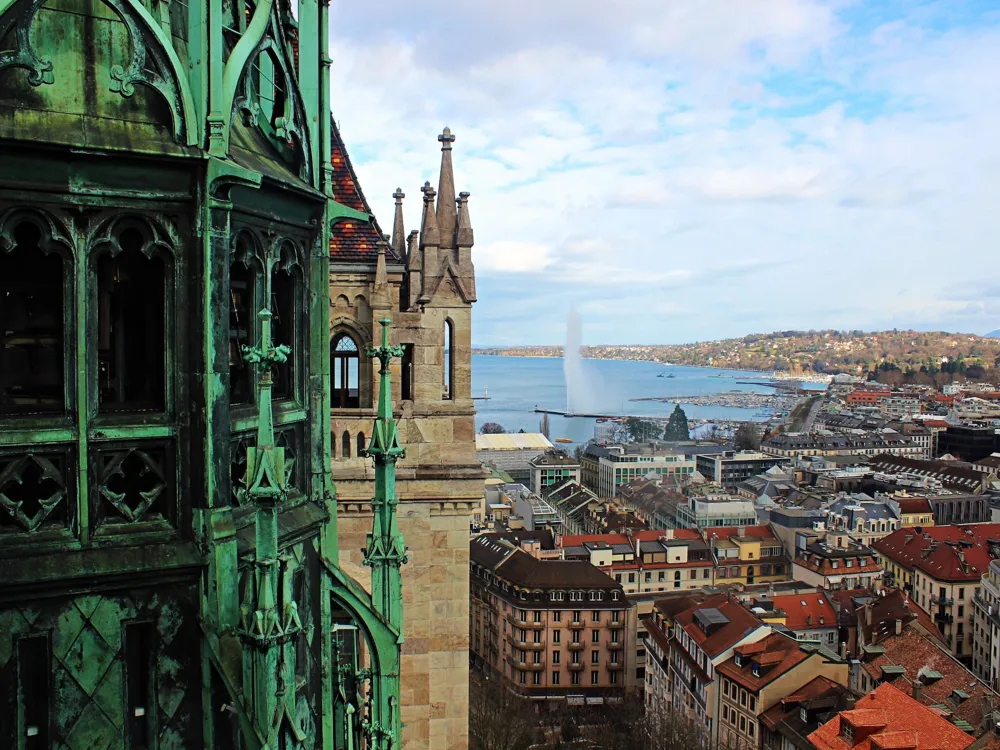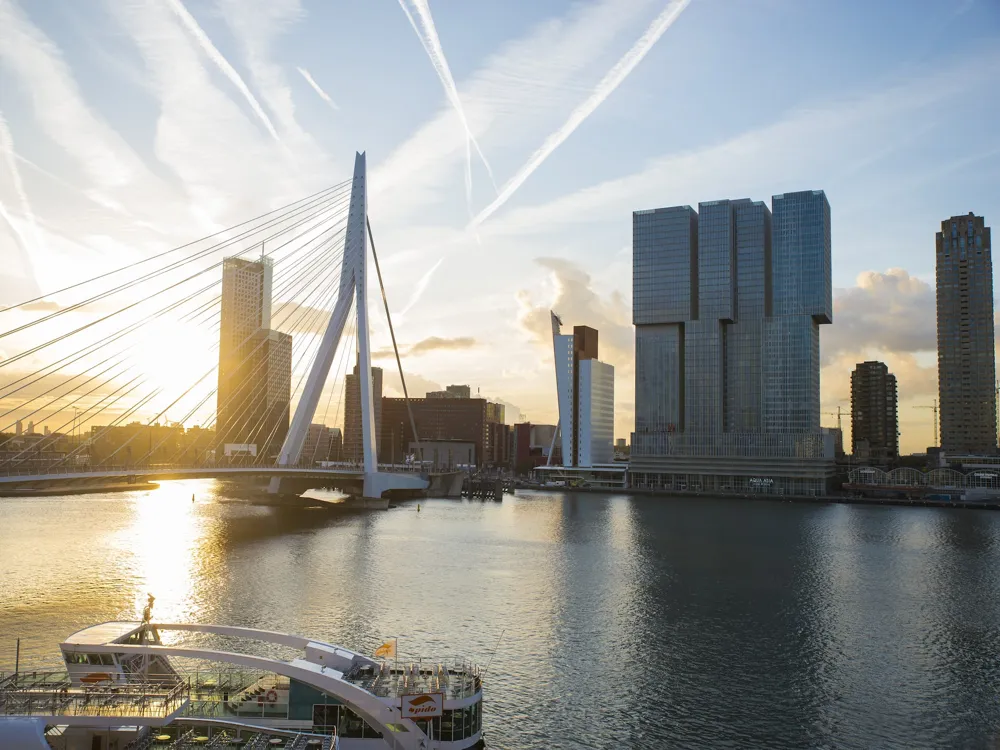Best Time to Visit Toronto
Canada
1 out of 5 Places to visit in CanadaNaN onwards View Packages
Get Customized PackagesThe Land of Diversity
Top Hotel Collections

Private Pool

Luxury Hotels

5-Star Hotels

Pet Friendly
What is the Best Time to Visit Toronto?
Toronto, a city of diverse cultures and captivating attractions, welcomes visitors year-round. To make the most of your visit, understanding the best time to explore this vibrant metropolis is crucial. The optimal time to visit Toronto largely depends on your preferences and the experiences you seek.The best times to visit Toronto are late April through May and September through October. Peak sightseer season occurs during the summer months; the sidewalks come alive with rambler commerce, yard caffs, and multitudinous artistic events. Still, as temperatures rise, so do prices. However, pack a parka and speak about your trip during the downtime if you are looking to save on hotels. However, spring and fall are your stylish bets if you want lower prices and temperatures above freezing. Toronto has a lot to offer at any time, depending on what kind of exertion you're looking forward to. Toronto has four distinct seasons, and summers ( from late June to August) are the peak tourist season, hosting a myriad of festivals, processions, and exhibitions. However, lake's props, zoos, and if you're more into out-of-door conditioning like road festivals, summer is also the perfect season for you, though it gets relatively hot and sticky. Still, being the peak tourist season, it gets a bit precious, so make sure that all bookings are done in advance. The rainfall during September to October is milder, and its milder season has beautiful colours and an affable temperature (it gets a bit chilly at night). Also, not being the peak season means cheap accommodations are available. There are many carnivals that take place during this season, like the International Film Festival in September. Late November to March is generally not considered a good time to visit, as downtime creeps in and temperature drops below zero with smaller activities to offer. This period is for those who love downtime sports and activities, with the added advantage of blinked prices.
More about the Best Time to Travel to Toronto
Travel Peak Season in Toronto
Peak season in Toronto spans from late spring to early fall. During these months, usually from May to September, the city comes alive with festivals, outdoor events, and a pleasant climate. The iconic CN Tower, bustling markets, and picturesque parks are at their prime. However, keep in mind that this popularity comes with higher accommodation costs and larger crowds.The peak sightseer season in Toronto generally occurs during the summer months, from June to August. This period attracts a large number of callers eager to explore the megacity's different lodestones , artistic events, and out-of-door conditioning. While the peak season in Toronto offers a bustling and energetic atmosphere with a wide range of conditions, it's judicious to plan ahead, especially for popular lodestones and events. Reserving lodging in advance and considering megacity passes for lodestones can enhance your experience and help you make the most of your time in this vibrant Canadian megacity.
Travel Offseason in Toronto
For those who prefer a quieter experience, the offseason—fall and winter—is ideal. From October to April, Toronto unveils a different charm. The city's cultural attractions, museums, and theaters offer a more intimate experience. Winter enthusiasts can enjoy ice skating at Nathan Phillips Square or explore the unique Winter Stations art installations on the waterfront.The offseason in Toronto generally occurs during the late fall, downtime, and early spring months, from November to March. Visiting during this period offers a different experience with smaller crowds, openings for downtime conditioning, and a chance to explore the megacity's inner attractions. While the offseason in Toronto may involve colder temperatures, it also presents unique openings to witness the megacity in a different light, with artistic events, downtime conditioning, and inner lodestones contributing to a different and enriching visit. Be sure to check the opening hours and seasonal schedules of specific lodestones to plan your diary consequently.
Toronto Travel Packages
View All Packages For Toronto
Toronto in Shoulder Season
Shoulder seasons, encompassing late spring and early fall, provide the best of both worlds. The weather remains pleasant, and the crowds thin out, allowing for a more relaxed exploration of Toronto's gems. This is an opportune time to discover the diverse neighborhoods, savor local cuisines, and indulge in outdoor activities without the summer rush.
Toronto in Hot Season
As summer approaches, Toronto experiences a surge in temperature, making it an ideal time for those who revel in warm weather. From June to August, enjoy outdoor festivals, waterfront activities, and al fresco dining. The city's parks and gardens flourish, providing a picturesque backdrop for your summer escapades.
Toronto in the rainy season
Embrace the beauty of Toronto even during the occasional rainy season in April and May. While showers may interrupt outdoor plans, they bring a refreshing ambiance to the city. Take advantage of indoor attractions like the Royal Ontario Museum or explore Toronto's culinary scene during these cozy, rainy days.
Toronto in Cool Season
The cool season, from November to March, unveils a different side of Toronto. While temperatures drop, the city transforms into a winter wonderland. Visit the Distillery Historic District adorned with festive lights, attend the Toronto Christmas Market, or experience the magic of winter festivals throughout the city.
In conclusion, Toronto's charm is ever-present, offering a plethora of experiences throughout the year. Whether you seek the vibrancy of summer, the tranquility of winter, or the balance of shoulder seasons, Toronto awaits with open arms.
Places To Visit In Toronto
Nearby Places Toronto
Toronto Photos
View All Photos For TorontoBrowse Package Collections
Browse Hotel Collections
Faq
Q: When is the best time to visit Toronto to experience vibrant cultural events?
A: Toronto's cultural scene is lively throughout the year, but for maximum cultural events, plan your visit during the summer months from June to August. The city hosts numerous festivals, concerts, and art exhibitions during this period.
Q: What is the ideal time to explore Toronto's outdoor attractions and green spaces?
A: To make the most of Toronto's outdoor attractions, visit during late spring (May to June) or early fall (September to October). The weather is pleasant, and you can enjoy activities like hiking, biking, and picnicking in places like High Park and Toronto Islands.
Q: When is the best time to experience Toronto's winter charm and festivities?
A: Embrace Toronto's winter wonderland by visiting from late November to February. The city comes alive with festive decorations, holiday markets, and outdoor ice skating rinks. Be sure to check out the Winterlicious food festival for a culinary treat.
Q: What is the least crowded time to visit popular attractions in Toronto?
A: If you prefer fewer crowds, plan your visit during the shoulder seasons of spring (April to May) and fall (September to October). During these times, tourist attractions are less crowded, allowing for a more relaxed exploration of the city.
Q: Are there specific months for budget-conscious travelers to visit Toronto?
A: To save on accommodation and experience more budget-friendly options, consider visiting Toronto during the winter months, particularly January and February. While temperatures may be colder, you can find great deals on hotels and enjoy winter festivities.

